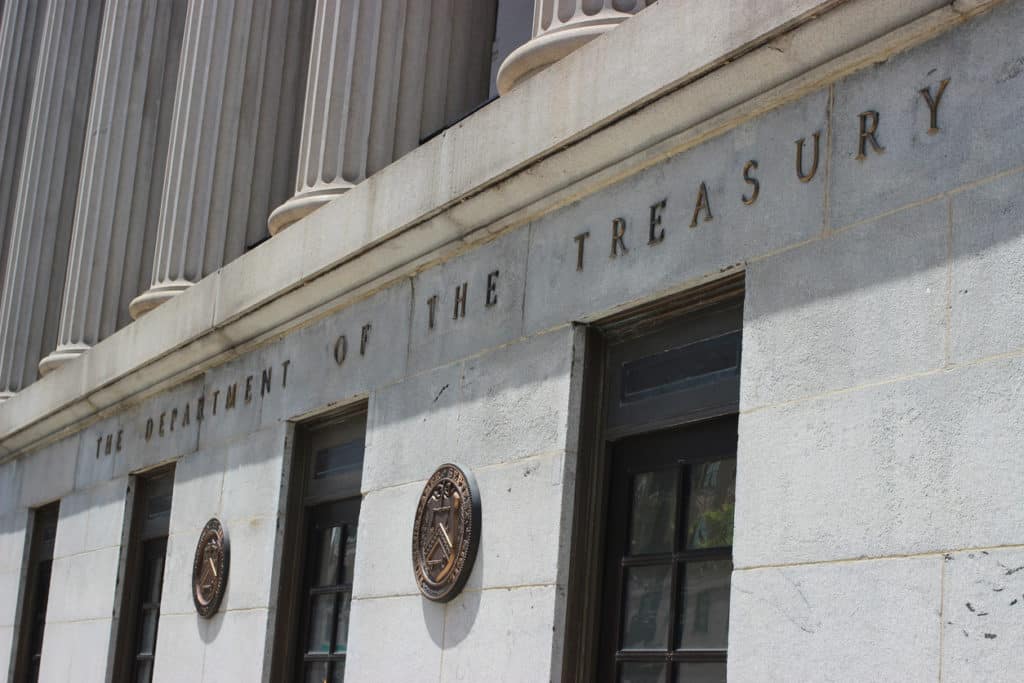
Financial market firms globally are speaking out against a rule proposal by the U.S. Securities and Exchange Commission that would require more U.S. Treasury and repo market trades to be centrally cleared.
On September 14, 2022, the SEC proposed a set of rule amendments that would effectively require direct market participants to clear all eligible secondary market transactions (ESMTs) in U.S. Treasury Securities. The rule change comes in response to liquidity disruptions in both the U.S. Treasury and repo markets that sparked concerns about the resilience of the Treasury market in times of stress.
New research from Coalition Greenwich reveals that buy-side and sell-side market participants around the world are concerned about the scope of the proposals and the need for such sweeping change. Many of the study participants point to recent events of March 2023, when U.S. Treasury volumes soared to historic levels in the trillions.
“During that time, the market’s structure proved to be resilient and fit for purpose, despite the current hybrid clearing model and large volumes,” says Audrey Blater, Senior Analyst for Coalition Greenwich Market Structure & Technology and author of Market Views on the SEC’s U.S. Treasury Clearing Proposal.
Many of the capital markets professionals taking part in the study felt the characteristics of the proposal run counter to the stated goals of the SEC and, as a result, there will be thinner liquidity, less transparency and less diversity in U.S. Treasury market participation. Rather than fostering a more transparent and efficient marketplace, these firms believe the rules could be disruptive to the overall market in their current proposed form. This is due to the lack of balance sheet relief realized by clearing cash Treasuries, increased costs tied to clearing and the central counterparty clearing houses (CCP), and a lack of infrastructure and technology needed to accommodate more cleared trades.
Some study respondents in favor of the proposal say increased clearing could attract more players to the market, fuel technological efficiencies and enhance competition among CCPs. However, the vast majority of respondents either oppose the proposal outright or advocate for a more measured approach supported by a cost-benefit analysis of increased clearing.
“The last thing anyone wants is a solution in search of a problem, without an attainable goal in mind,” says Audrey Blater. “The proposal in its present state has unfortunately left many wondering why U.S. Treasuries were targeted in the first place.”
Market Views on the SEC’s U.S. Treasury Clearing Proposal presents the complete results of a special study on the SEC’s U.S. Treasury Clearing Proposal. The report examines trends in the Treasury and repo markets, outlines the main points of the SEC proposal and discusses the potential implications of the proposed rules.
Source: Coalition Greenwich






